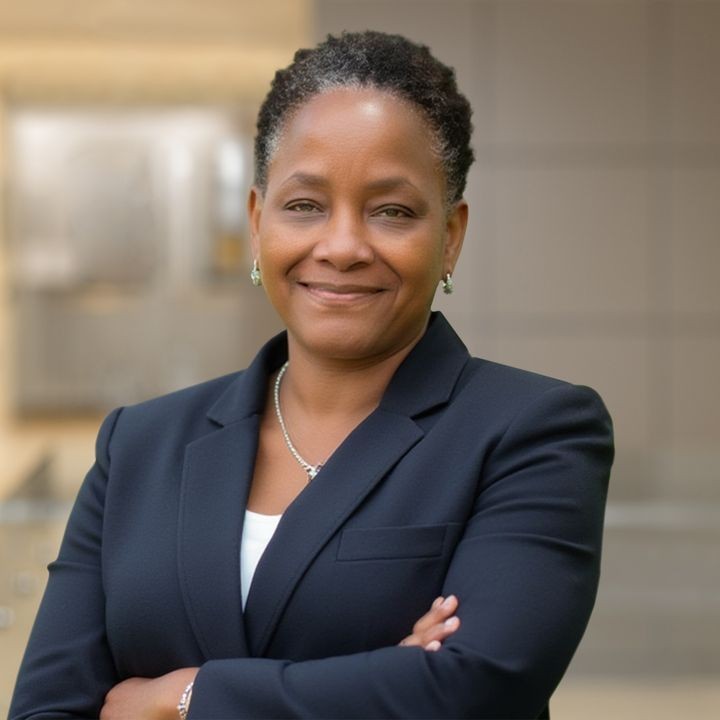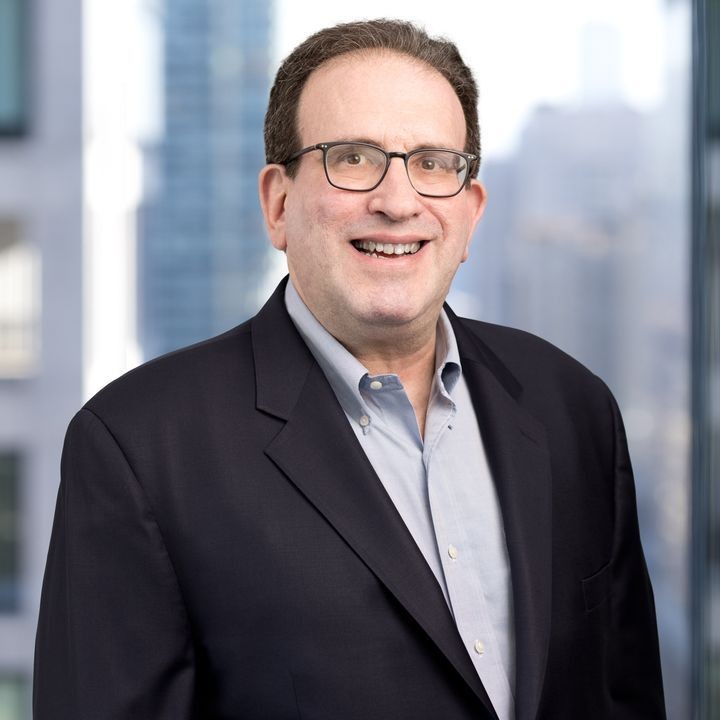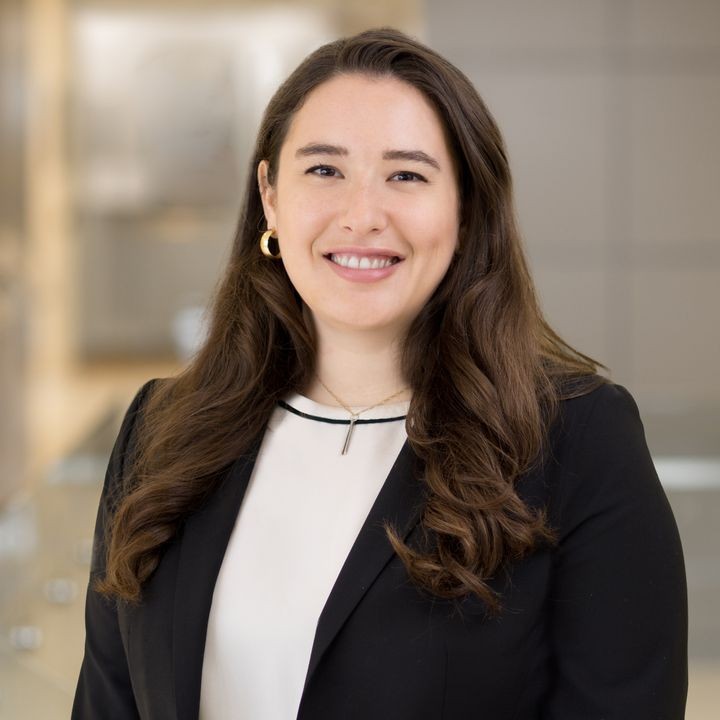Cook County and Chicago Update Paid Leave Laws
Client Alert | 4 min read | 01.25.24
Crowell & Moring previously reported that new paid leave laws would be in effect at the start of 2024 in Chicago and Illinois. (For more information, see Crowell & Moring’s December 1, 2023 Alert, “New Year Will Bring Changes to Paid Leave in Illinois and Chicago”). The Chicago City Council has now amended its Paid Leave and Paid Sick and Safe Leave Substitute Ordinance (“Amended Chicago Ordinance”), making a number of changes, including delaying the effective date to July 1, 2024. Cook County also followed suit, acting to bring its laws in line with the new Illinois and Chicago paid leave requirements, with the passage of the Cook County Paid Leave Ordinance (“Cook County Ordinance”) at the end of last year.
Amended Chicago Ordinance:
On December 13, 2023, Chicago’s City Council voted to delay the effective date of the changes to the City’s paid leave laws from January 1, 2024 to July 1, 2024. Employers in Chicago will have an additional six months to bring their paid leave programs into line with these new City requirements. As a reminder, employees will accrue 40 hours of all-purpose paid leave and paid sick and safe leave each year.
The Amended Ordinance also makes the following changes:
- Payout of Accrued Leave on Separation of Employment: Consistent with the delayed effective date, medium-sized employers (51-100 employees) will not be not required to pay out a maximum of 16 hours of all-purpose paid leave until July 1, 2025.
- Employees Covered by the Ordinance: A “covered employee” is now defined as a person who works at least 80 hours for an employer within any 120-day period, provided they are physically present in the City of Chicago during that time. Once covered employees satisfy this threshold, they will remain covered employees for the rest of their time working for that employer, even if their work conditions change. However, employees only accrue leave for hours worked inside the City of Chicago.
- Remedies Provided Under the Ordinance: The initial ordinance provided a private right of action for employees. The Amended Chicago Ordinance clarifies that employees seeking to file a lawsuit for violations of all-purpose paid leave provisions may only do so after either sixteen days, or the payday for the next regular pay period, after the alleged violation have passed, whichever is the shorter period. This requirement will end on July 1, 2026.
- Notice to Employees: The Amended Chicago Ordinance requires employers to provide their written time off policy and other employment policies and notice to employees in their primary language.
The Amended Chicago Ordinance also changed the general provisions of the City’s Municipal Code, which apply beyond the paid leave and paid sick and safe leave requirements. Specifically:
- Employers with employees regularly working in Chicago must provide all employment policies in the primary language of each worker.
- Employers must provide notice to workers in Chicago at least fourteen days before any change in employment policy.
The City of Chicago has published proposed rules for the Amended Chicago Ordinance, but they are not yet finalized.
Cook County Paid Leave Ordinance:
Cook Country’s Ordinance went into effect on December 31, 2023, but the Cook County Commission confirmed that it will not begin enforcement until February 1, 2024.
This Ordinance applies to all employers operating in Cook County and is modeled after the new Illinois Paid Leave for All Workers Act—also requiring employers to provide covered employees with all-purpose paid leave. If an employer already provides the required minimum amount of leave (i.e., 40 hours in a 12-month period) and employees may use this leave for any reason, the employer will not need to modify its policy.
Cook County’s Ordinance applies across all municipalities in Cook County, unless a municipality has opted into the Illinois Paid Leave for All Workers Act or has an equivalent ordinance.
Key provisions of Cook County’s Ordinance include the following:
- Employees working in Cook County are covered by the Ordinance.
- Employees will accrue paid leave at the rate of one hour for every 40 hours worked.
- Employers may front-load the minimum amount of paid leave (i.e., 40 hours) at the start of the 12-month period.
- Employees may begin using paid leave either 90 days after the start of their employment or March 30, 2024 (90 days after Cook County’s Ordinance becomes effective), whichever is later.
- Employees may carry over unused paid leave at the end of each year, but employers are not required to permit the use of more than 40 hours of all-purpose paid leave in a 12-month period.
- If the leave is credited to an employee’s paid time off bank or vacation account, any unused leave must be paid out upon separation.
- Penalties for violations include actual damages, compensatory damages, treble damages, and fines ranging from $500 to $1,000.
Cook County expects to publish rules for its new ordinance sometime this spring.
Crowell & Moring will continue to monitor and provide updates.
Insights
Client Alert | 3 min read | 04.25.25
Arkansas Takes Aim at PBM Ownership of Retail Pharmacies
On April 17, 2025, Arkansas recently became the first state to enact broad restrictions on pharmacy benefit managers (“PBMs”) owning retail pharmacies within the state.
Client Alert | 3 min read | 04.23.25
Auto Dealers: Buckle-Up Enhanced State-Level Enforcement Ahead
Client Alert | 2 min read | 04.23.25
Client Alert | 11 min read | 04.23.25






